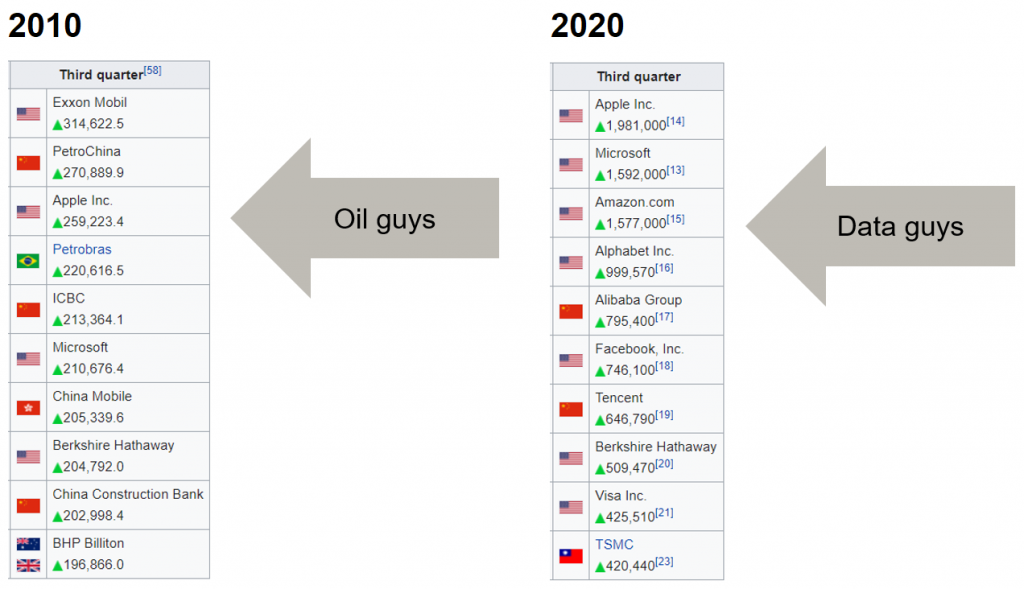If you are considering whether or not to automate that recurring process that you or your team need to do every now and then, this post could be intended for you. Maybe you have never automated anything before, and daunted by the upfront investment in time and resources, you simply don’t understand how a robot can outperform your skilled team to the degree where it would be worthwhile. Then this post is certainly intended for you. Here’s an explanation of why robots are better.
The robot lawn mower
Mowing the lawn can be a deeply satisfying act of garden work. It can also be a real burden, keeping you from more important things like hanging out with friends and family, or simply enjoying a cold beverage in the shade. For those times where lawn-mowing is a burden, humanity has developed mechanized and motorized lawn-mowers, that garden owners push and pull across their lush front- and backyards. The motorized mowers require some degree of human steering, and human operators maneuver their tools with impressive skill across the lawn, cutting an even and neat surface that feels great below our bare feet.
Lately, a new player has emerged on the rural and suburban lawn scene. A mindless little box, endlessly pacing across the lawn, seemingly not doing anything. But the lawns that they inhabit are flawless, and the robot lawn mower is here to stay.

Worse execution, better result
John Henry beat the steam drill, and any human operator would beat the zig-zagging of a robot lawn mower. The human moves deliberately and methodically across the lawn, with evenly spaced lines to cut the grass as resource efficient as possible. The robot? It rolls straight, bumps into something, turns a little and rolls on until it bumps into something else. No method, no care for efficiency, just mindless rolling. Still, the lawns cut by robotic lawn mowers are flawless, usually much more so than their manually mowed peers.

This is because the robot’s stamina is infinite. It does not long for socializing with family or cold beverages. It mows the lawn, it’s all it cares for. Some models run back to their charging stations every now and then, only to be able to get back out there. I have never met such a manic human gardener.
Since it can spend so much more time mowing the lawn, the robot does not need to be more efficient – time is on its side. Chances are its random bumps and turns will get to that patch it missed in half a day or so.
This is one of the great benefits of automation. Robots will never take a holiday or even a break – they will carry out the task you asked them to, every time you ask them, until that task is complete. The robot does not need to be more efficient than a human on a single occassion to be more efficient than a human.
New tasks, not no tasks
If the human lawn mower operator was only capable of operating a lawn mower, for some reason, his/her profession would be threatened by the emergence of a robot lawn mower. It’s likely the human operator would come up with reasons why a robot couldn’t mow their specific lawn, to justify their position. Fortunately, no or very few operators are only capable of operating a lawn mower. One or two things will happen, as the robot replaces the human operator:
- Trimming and landscaping beyond the robot’s reach: there are always going to be tricky patches that the robot for one reason or another cannot reach. Areas that the operator now can tend to with great care, as the robot takes care of the easy bulk work.
- Maintenance and repair: the lines that outlines the area that the robot should cut must be the most fragile thread known to humanity. I believe a robot lawn mower owner spends as much time repairing broken lines as they previously did mowing the lawn

Here, you may stop and think wait a minute, if I’m still cutting the tricky parts and spending as much time on maintenance, what’s the point? Remember that these tricky parts previously did not receive as much attention, as your attention was split on the easy and the hard parts. Some were perhaps overlooked. And remember that the robot mows your lawn better than you do, over time. So you are spending the same time on more qualitative tasks, with a much better result. That’s the point.
Upfront investment
Now, a robot lawn mower is a luxury beyond most people’s budget. Similarly, RPA has until recently required a very high technical knowledge, too cumbersome for most professionals to attain and too expensive for most organizations to profit from. Power Automate fundamentally changes that. Available in most M365 plans, it’s easy to get started with automating tiny administrative tasks with pre-built schemas, and easy to get hooked to keep expanding the applications in your own, your team’s, and your organizations processes.
In defense of lawn-mowing
Finally, as a person who finds great satisfaction in the smell of freshly cut grass, and methodically tidying up an overgrown lawn, I must speak out in defense of lawn-mowing. Processes that some find tedious, may be rewarding for others. Focus on automating the processes that does not develop your ability of performing your key tasks, and that you don’t find rewarding. It’s likely that you have a buffet of administrative tasks that can be automated. Start with the ones you don’t like, so you can spend more time doing things you like. Maybe hang out with family and friends, enjoy a cold beverage in the shade, or mow the lawn.
